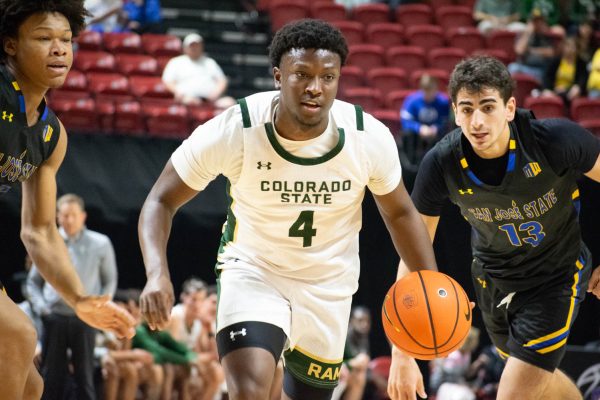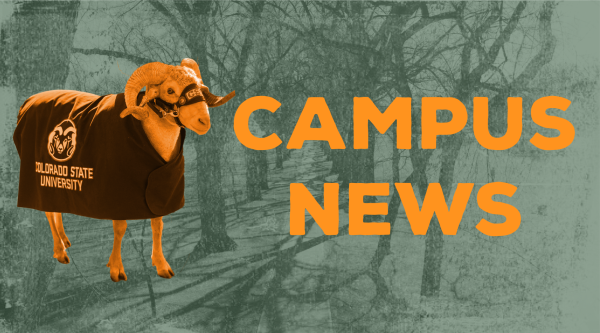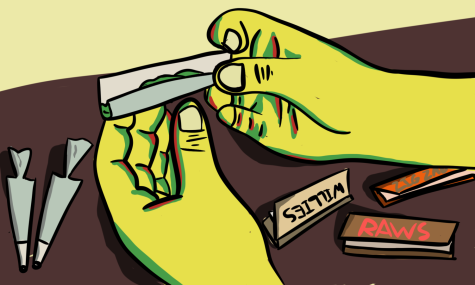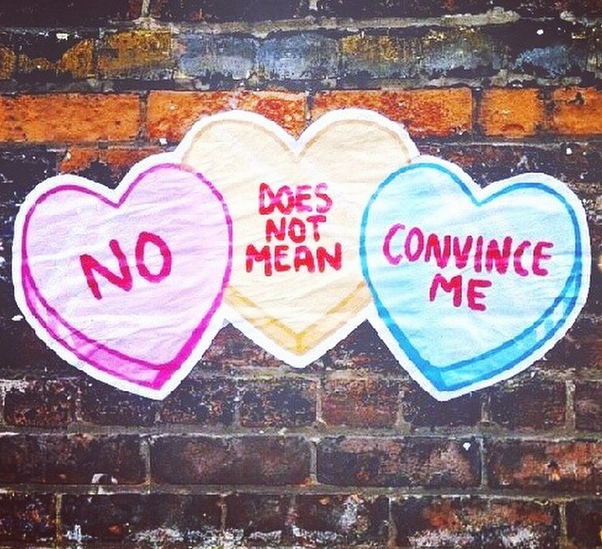Representation in media is everything. While it is clear that our television has been white washed for some time, there have been progressive moves in representation for other races and genders. Instead of various races being portrayed as stereotypes and with common misconceptions, there is a wide array of diverse characters on the small screen. As far as gender, women have made marked movements on television in that they are no longer confined to the domestic sphere of cooking and tending to children.
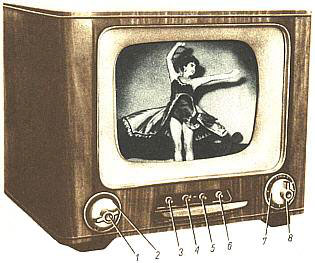
Ad
However, just because women are making great strides in presence does not mean that all is well. Despite the growing numbers of women on television, the race distribution is as unrealistic as could be. In the United States women make up 51% of the population. On television however, they make up only 43%. That statistic alone is already disheartening, despite the fact that these numbers were even lower in the past, but when we break it down by racial representation, things get even worse.
Of the 43% of women that are on television, 34% are Caucasian, 3.8% are African American, and another 3.8% are Asian or Latina (Alas!, 2014). Unfortunately, these statistics are skewed in favor of whiteness, despite moves forward over the past decades. White women actually only make up 32% of the population- which isn’t that large of a discrepancy from their TV representation (Alas!, 2014). Although, African American women make up 6.5% of the US population and even worse, Asian and Latina women face an even larger gap, with a 12% portion of the actual population (Alas!, 2014).
So, what does this mean? It means that it is high time for a change. While it’s clear we are witnessing some of the biggest advances for diversity with shows like Scandal, How to Get Away with Murder, Fresh Off The Boat, and Jane the Virgin, we are still lacking on diversity. Women of all races are worthy and notable, so why not show all of them? Young women of all racial and ethnic identities watch television and are exposed to media frequently, but what happens when they have no one that looks like them to admire? Girls need role models, but it is difficult when they don’t have influences that are similar to them. In these instances, the saying, “If she can see it, she can be it” comes into play– if girls grow up with racially diverse characters, they will aspire to be everything they can be. At the same time, not having racially diverse women on television is harmful in the way that girls see themselves. When white characters are predominantly portrayed as leads, girls who do not match the ideals set by media start to feel ashamed that they don’t look like the women on TV and are therefore less beautiful.
These are scary things and the less racially diverse our media is, the worse impact it has on our children. Even though we are seeing more and more representation, we need to increase our numbers. While it may take a while for our numbers to reach equality between races, at the very least we need to ensure that all races are accurately and adequately represented in television. When we have greater equality among races on television, all of us will benefit.
Madeline Gallegos can be reached at blogs@collegian.com and on her Twitter page @MaddieGallegos.


